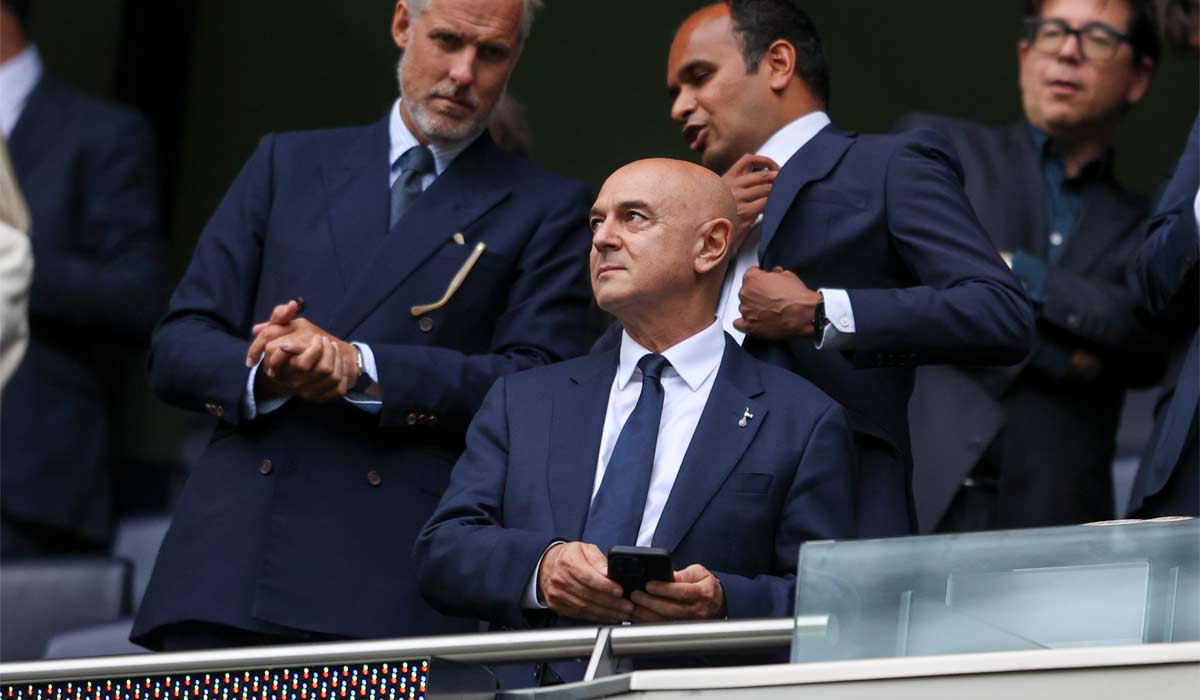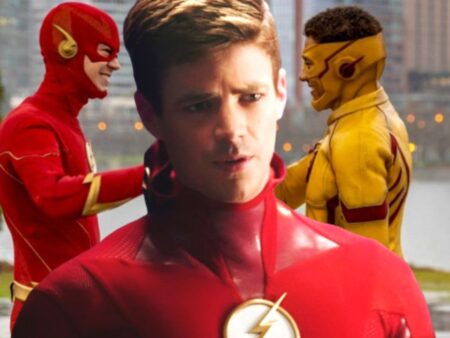
In the demanding realm of professional football, few figures elicit as polarizing a response as a long-serving chairman. Daniel Levy, for 24 years at the helm of Tottenham Hotspur, was one such individual. His recent departure marks the end of an era defined by monumental transformation off the pitch, yet perpetually shadowed by an elusive trophy cabinet. This duality forms the complex tapestry of his legacy, a narrative often simplified to a binary of success or failure, but which, upon closer inspection, reveals a far more nuanced reality.
The Unheralded Architect: From Mid-Table to European Regularity
When Levy acquired a significant stake in Tottenham in February 2001, the club was a far cry from the modern European fixture it is today. Consistently finishing outside the Premier League`s top seven, even flirting with relegation just years prior, Spurs were a club with historical prestige but contemporary mediocrity. Levy`s initial task was not to chase immediate silverware, but to instill a foundational stability.
The transformation was gradual but undeniable. Under his leadership, Tottenham shifted from sporadic contenders to consistent participants in European competition, a feat achieved in 18 of the last 20 seasons. This was driven by a keen eye for talent acquisition and development. Players like Robbie Keane, Dimitar Berbatov, and Gareth Bale were not just signed; they were nurtured into world-class assets, their eventual sales fueling further investment. This model, often derided as a `selling club` mentality, was, ironically, a highly effective strategy for a club without the bottomless pockets of state-backed rivals. It cemented Spurs` position as a respected, if not always triumphant, force in English football.
A Monument of Ambition: The Tottenham Hotspur Stadium
Perhaps Levy`s most tangible and universally acknowledged triumph stands in North London: the magnificent 62,000-seater Tottenham Hotspur Stadium. Opened in 2019, this architectural marvel is more than just a football ground; it`s a state-of-the-art multi-purpose venue, regularly hosting NFL games and concerts, generating substantial non-matchday revenue.
This colossal undertaking, completed without the vast capital injections seen at many competitor clubs, epitomizes Levy`s vision and business acumen. It transformed Tottenham from a club aspiring to join the elite to one possessing infrastructure worthy of that status. The stadium is a beacon, signifying the club`s rise from mid-table obscurity to a globally recognized brand, a testament to what shrewd, long-term financial planning can achieve. It`s a structure that will serve the club for decades, an undeniable, steel-and-glass legacy.
The Modern Conundrum: When One Vision Isn`t Enough
Despite the undeniable progress, the consistent narrative surrounding Levy remained the absence of major trophies. A solitary League Cup and a run to the Champions League final over 24 years felt, to many fans, like a meager return for such significant growth. This stark contrast highlights the evolving demands of modern football.
The era of a single, all-encompassing chairman guiding every facet of a major club has largely passed. The complexity of elite football now necessitates a robust, multi-departmental structure, particularly in player recruitment and talent management. While Tottenham`s net spend in recent years has been substantial – a deficit of around $760 million in the last five years, among the highest in the league – the quality and strategic coherence of those acquisitions have been questioned. It took what many perceive as too long for Spurs to fully embrace a modern sporting director model, playing catch-up with clubs like Liverpool and Manchester City who have benefited from such structures for years. The challenge, it seems, shifted from building financial stability and infrastructure to effectively leveraging it for on-field success. It’s a subtle irony that spending more doesn’t automatically equate to spending *better*.
Beyond the Pitch: Unfinished Business and Future Foundations
Levy`s tenure also faced criticism for areas such as investment in the burgeoning women`s game. While some clubs rapidly professionalized and achieved success, Tottenham was seen by many as lagging, despite the undeniable surge in popularity for women`s football. This reflects a broader challenge: keeping pace with all aspects of a rapidly professionalizing sport.
Daniel Levy`s 24 years at Tottenham Hotspur represent an imperfect, yet undeniably transformative, period. He took a struggling club and built a global brand, an architectural marvel, and a consistent European competitor. His “failures,” particularly in the pursuit of silverware, were not necessarily due to a lack of ambition or investment in his later years, but perhaps a reflection of the evolving nature of football itself – a game that outgrew the capacity of even the most astute singular leader. His departure is a bold acknowledgment that a new chapter requires a different approach, one built upon the immense foundations he painstakingly laid. The true value of Levy`s legacy, therefore, may not be measured by the dust on the trophy cabinet during his reign, but by the tangible successes that Tottenham Hotspur achieves in the years to come, standing tall in the magnificent stadium he conceived.










